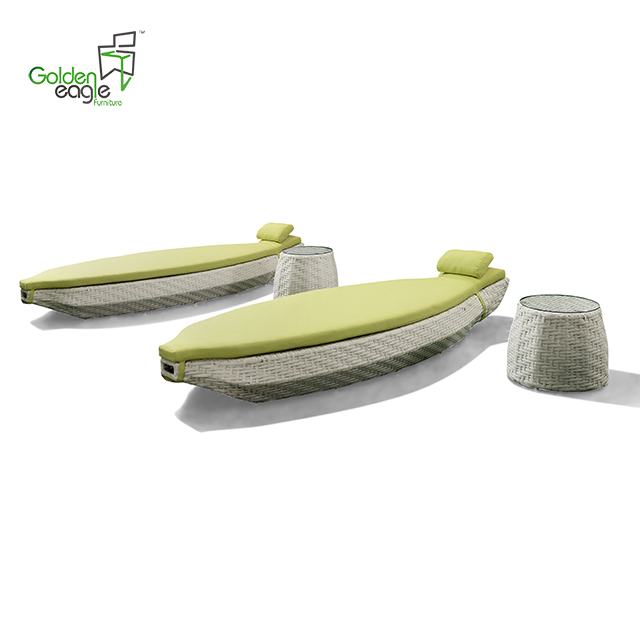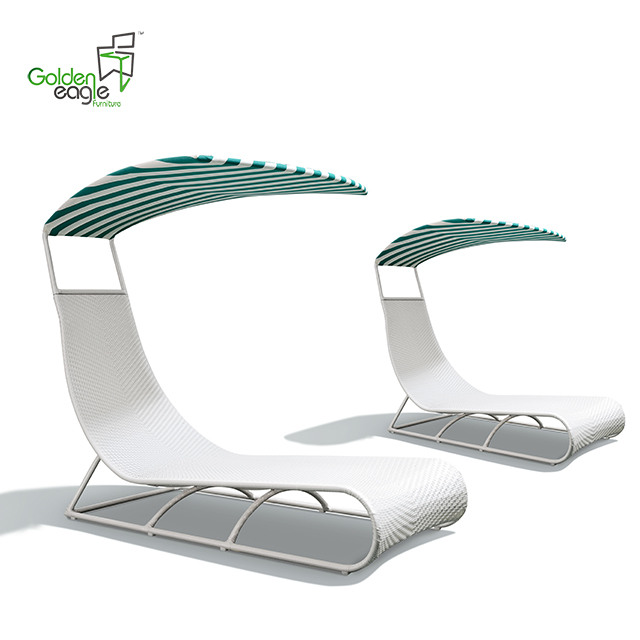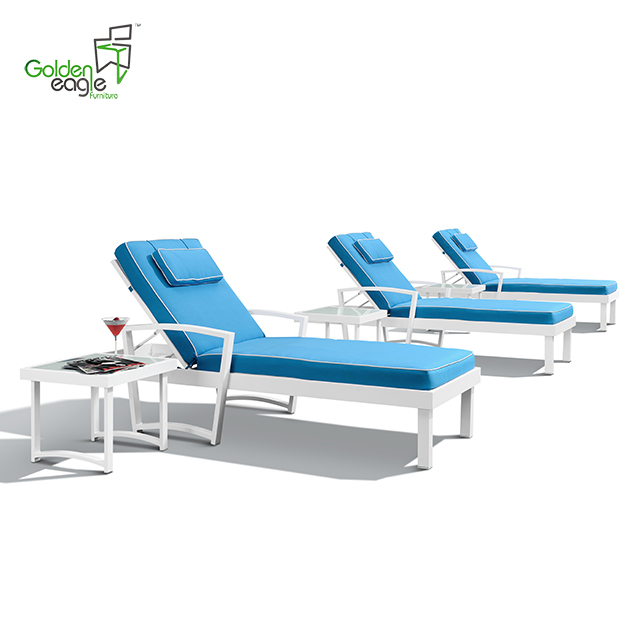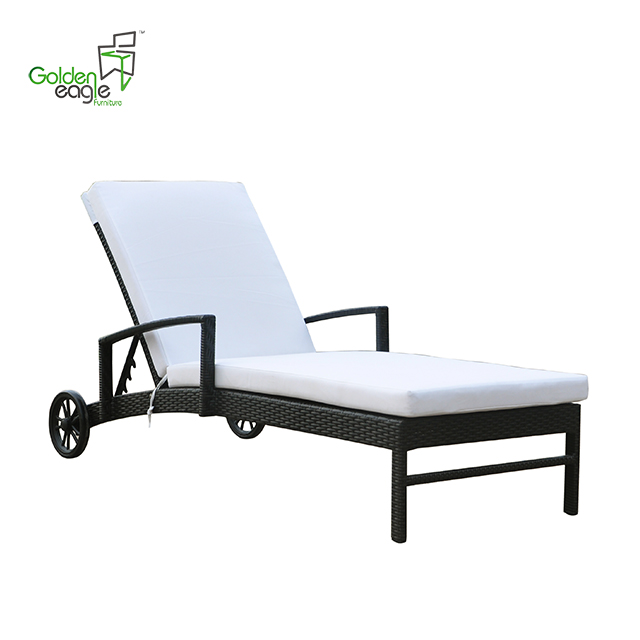At present, there can not be no water in lithography, but too much or too little moisture on the printing plate will directly affect the printing quality and the smooth progress of production. If the supply of dampening fluid is changed while the offset press is running, the following problems will occur:
When the moisture is too high, the printed matter will appear white, and the so-called "water traces" will appear on the solid part, making the imprints false and the ink color dark and uneven. At the same time, the amount of deformation of the paper increases, graphic overprinting is inaccurate, and the roller pads or the roller shell are corroded.
If the moisture is too small, ink stains will appear on the blank part of the printed product first, causing a dirty version. With the extension of the printing time, the ink gradually blocked the non-inked part, and a "pasted plate" appeared, and the light shading in the dot area above the solid ground was gradually blocked by the ink.
Therefore, in lithography, the supply of the dampening fluid must be moderate. As a general requirement, use the minimum amount of water to achieve a balance between the amount of water and the amount of ink without causing dirt on the layout.
1. Water-ink balance based on phase volume theory
During the transfer of ink and water on the offset press, emulsification of the ink is inevitable, and the result is an oil-in-water or water-in-oil emulsion.
A liquid is dispersed in the form of fine droplets in a liquid that is immiscible with it. The resulting system is called "emulsion". Under normal circumstances, these two immiscible liquids are one phase is water, the other phase is "oil"-a collective term for organic liquids. If there is no dispersed phase and water is the dispersion medium, the emulsion formed is called "oil-in-water emulsion" and is represented by the symbol "O / W"; if water is the dispersion phase and oil is the dispersion medium, then the The formed emulsion is called "water-in-oil emulsion" and is represented by the symbol "W / O". "O" in the symbols "O / W" and "W / O" represents oil, and "W" represents water. The O / W emulsion is very harmful to the normal progress of the lithographic printing process and the quality of the printed matter. It will cause the so-called "water flushing phenomenon" in the printing process, resulting in ink roller ink, ink can not be transmitted, resulting in the blank part of the printed dirty. If resin ink is used, the water resistance increases and water flushing rarely occurs. The emulsions formed are all W / O type, unless the amount of water supplied to the printing plate is too large, the O / W type emulsion will form liquid. The emulsified ink mentioned below refers to W / O type emulsified ink unless otherwise stated.
Wetting liquid forms W / O type emulsified ink in the ink dispersed in the form of fine droplets. Emulsified inks with a slight water-in-oil degree have a slight decrease in viscosity, which improves the flow properties of the ink and facilitates ink transfer. Emulsified inks with severe water-in-oil levels have a significant decrease in viscosity and short ink filaments, which hinders the smooth transfer of ink. The wetting liquid mixed into the ink will also corrode the metal ink roller, forming a hydrophilic salt layer on the roller surface to repel the ink, causing the ink roller to deink. Only by strictly controlling the water supply of the printing plate can an emulsified ink with moderate water-in-oil level be formed.
The phase volume theory of emulsion formation in colloidal chemistry states that if the droplets of the dispersed phase are regarded as equal-sized round balls (see Figure 5-5), it can be calculated that when the round balls are stacked in the most dense manner, the liquid The volume of the drop accounts for 74.02% of the total volume of the emulsion, and the remaining 25.98% should be the dispersion medium. If the proportion of the volume of the dispersed phase is greater than 74.02%, the emulsion will deform or break. If the volume of the aqueous phase accounts for 26% to 74% of the total volume, the emulsion formed may be O / W type or W / O type; if it is less than 26%, the emulsion formed may only be W / O type If more than 74%, the emulsion formed can only be O / W type.
According to the above theory, to form W / O emulsion ink, the proportion of the volume of the wetting fluid to the total volume of the emulsion should be below 26%. The experiment confirmed that when the lithographic printing machine is normal, the content of the wetting liquid in the ink on the printing plate is more than 16%. When it reaches 21% (equivalent to 22ml of wetting liquid in 100g ink), the ink transfer The performance is very good, and it can get good quality prints.
In lithographic printing, the blank part of the printing plate must always maintain a certain thickness of water film to make the printing proceed normally. The thickness of the water film on the printing plate is related to the water content of the ink on the printing plate. The thicker the water film, the greater the water content in the ink.
According to the phase volume theory, combined with the law of water and ink transfer in the printing process, the meaning of water and ink balance in lithographic printing comes down to: at a certain printing speed and printing pressure, the supply amount of the dampening liquid is adjusted to make the emulsified ink wet The volume ratio of the liquid is between 15% and 26%, forming a W / O type emulsified ink with a slight degree of water-in-oil, and the least amount of liquid supply can be balanced with the amount of ink on the printing plate.
Figure 5-5 Closely packed emulsion formed by uniform spherical liquid
2. Ink and ink balance based on the theory of surface excess free energy
Theoretically, with the wetting fluid in the blank part of the lithography and the ink attached to the graphic part, if there is a strict boundary between the two phases, the ink will not wet each other, and the static water-ink balance can be achieved. In fact, this static balance cannot be achieved in printing and production. However, we can start from the excess free energy (or surface tension) on the surface of the wetting fluid and the ink to find out the energy relationship between the ink and the ink without interfering with each other, and find the condition of the water-ink balance. [next]
Figure 5-6 is the static equilibrium relationship between the surface tension of the wetting fluid and the surface tension of the ink. The blank part of the lithographic plate is attached with wetting fluid, and the graphic part is attached with ink. If the surface tension of the wetting fluid γw and the surface tension of the ink γ0, as shown in Figure 5-6 (b), under the action of the diffusion pressure, the wetting fluid will infiltrate the ink side, so that the small dots and thin lines on the printed matter disappear . If the surface tension of the wetting fluid and the surface tension of the ink are as shown in Fig. 5-6 (a), under the action of the diffusion pressure, the ink will infiltrate the wetting fluid, expanding the dots of the printed matter and making the blank part dirty. Only when the surface tension of the wetting fluid is equal to the surface tension of the ink, as shown in Figure 5-6 (c), the diffusion pressure at the interface is zero, and the wetting fluid and the ink remain relatively balanced at the interface and do not wet each other. The quality of the printed matter is ideal.
Figure 5-6 Static equilibrium relationship between wetting fluid and ink
From the above analysis, we know that in order to meet the requirements of the static balance of water and ink, the wetting fluid and ink should take the same surface tension value. The surface tension of the ink is about 3.0 ~ 3.6 × 102N / m, wetting The surface tension of the liquid should be within this range.
It is known from the conditions of the liquid wetting solid described in the first chapter that if the wetting liquid is to be spread on the blank part of the lithography, the following conditions must be met:
S ï¼ Î³SGï¼Î³SLï¼Î³LG≥0
In the formula, S is the spreading coefficient, γSG represents the surplus free energy on the surface of the blank part of the lithography, generally 7.0 ~ 9.0 × 10-1J / m2, γLG represents the surface tension of the wetting liquid, and γSL represents the wetting liquid and the blank part of the lithographic Interfacial tension. The above formula shows that the smaller the γLG and the larger the S, the better the spreading performance of the wetting liquid.
According to the theory of excess free energy on the surface, using a wetting fluid with a low surface tension, it is possible to achieve a water-ink balance of lithography with less water.
In actual production, the water-ink balance in lithography is achieved under dynamic conditions. Experience has shown that the surface tension of the wetting fluid is slightly greater than the surface tension of the ink. It is generally believed that when the surface tension of the wetting fluid is about 4.0-5.0 × 102 N / m, it is beneficial to achieve water-ink balance.
3. Ink and ink balance based on field pattern theory
Water molecules are compounds with special properties, composed of hydrogen and oxygen. The dipole moment of the molecule is equal to 6.17 × 1030C · m (Coulomb · m). The molecular structure is asymmetric and is a very polar molecule.
Water molecules are formed by the combination of hydrogen atoms and very strong oxygen atoms. Therefore, the hydrogen atom in one water molecule has the ability to contribute to the electron to combine with the oxygen atom in another water molecule to form a hydrogen bond. Under normal temperature and pressure, water molecules in liquid state often do not exist as single water molecules, but form dimers, trimers, or tetramers. The hydrogen bond is a weak bond, and its bond energy is small. Therefore, hydrogen bonds are easily formed and easily broken, which is extremely unstable.
Water can conduct electricity, so it can be considered that water has the characteristics of metal conductors in terms of electrical structure, that is, it has free electrons. When the water is not charged and is not affected by the external electric field, the negative and positive charges in the water neutralize each other, the entire conductor is neutral, and the arrangement of water molecules is disorderly. If the conductor is placed in an electrostatic field, according to the theory of physics, this electric field will drive the free electrons in the conductor to move within it, thereby redistributing the positive and negative charges in the conductor, resulting in a positive charge on one end of the conductor, and The other end is negatively charged, so that the disordered water molecules are arranged in a positive and negative order, and a "field" is formed around them. This field enhances the traction between water molecules. Some people once said that it is more like a child holding hands.
Lithography, in the process of making plates, the non-graphic parts have been treated with a good hydrophilic. Like the positive version of the PS version, the non-graphic part has a hydrophilic Al2O3 (alumina) film. When the water is transferred to the non-graphic part of the lithography, the water quickly adheres to it. , And form a field in the non-graphical part. Under the action of the field, the traction (pulling force) of the water molecules increases. Therefore, during the contact between water and ink, it is difficult for the water in the non-graphic part to enter the ink, and the ink is also difficult to immerse in the water in the non-graphic part, so that the water film on the non-graphic surface of the printing plate and the ink on the surface of the graphic Between the membranes, a boundary line closer to the theoretical existence is formed to achieve a water-ink balance where oil and water do not infiltrate each other.
Single Beach Chair
with excellent UV resistant PE rattan weaving and alu frame, waterproof polyester or olefin fabric, single beach chair is best choice for your hotel or swimming pool. With a umbrella and a coffee or tea, you can relax in the sandbeach. engoy the sunshine with your friend and family.
Handwoven premium resin wicker UV resistant
Rust-resistant powder-coated frames
Cushions included with 30 density sofa foam
Versatile tempered glass tables
Cushions also available with 100% waterproof fabric.
Single beach chair with different style and hand weaving




If you have any questions, please contact with us directly. Outdoor Sofa Furniture are produced
by Golden Eagle Outdoor Furniture With High Quality and Good Appearance. Welcome you can visit our Factory.For any inquiry,Please send mail directly to us.
Single Beach Chair,Outdoor Lounge Furniture,Leach Chair Furniture,Outside Patio Furniture
Golden Eagle Outdoor Furniture Co., LTD. , https://www.gebarset.com